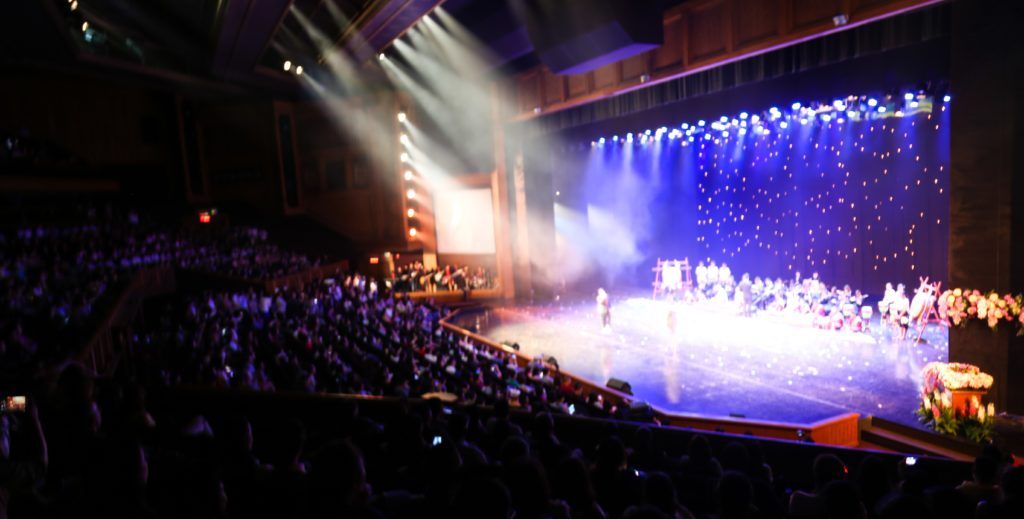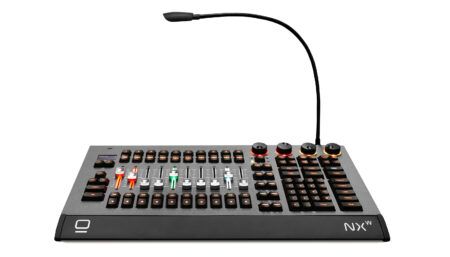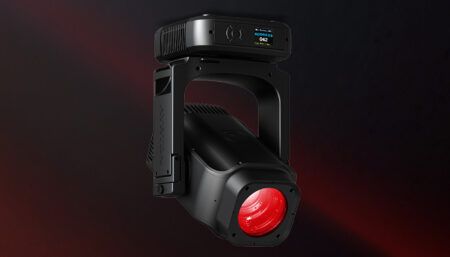A new report has revealed that the stage lighting market in Europe grew during 2016-2018 and is expected to grow at a CAGR of over 4% during the period 2019–2025 as a result of the increase in consumer spending, and the improved prospects of stage lightings in several European countries.
Until recently, the world has been witnessing a spurt in the growth of live music concerts and events. The primary reason behind this growth is the revenue generation for artists that see live music concerts as a primary source of their income. An increasing corporate sponsorship for music tours, venues, and events are also contributing to the market growth. And at the heart of this industry is stage lighting systems, along with associated sound systems.
The research report details segmentation by products, end-user, fixture, application and country.
The lighting fixture segment is expected to grow at the highest CAGR during the forecast period. The application of these fixtures, especially parabolic aluminized reflectors (PAR), is growing due to the growth in concert lightings and theatrical performances in Europe. Similarly, striplights are finding their usage in worship places, museums and art exhibitions, and bands. With the increase in the number of roadshow performances and exhibitions, a high focus on backstage visualization has contributed to the growth of the strip/border/Cyc segment across the globe.
Musicians, artists, and rappers are traveling across the world to promote their albums and connect to their fans regularly. Hence, the increasing number of live performances, the growing number of music concerts and festivals, and the growth in music tour shows by celebrities are likely to contribute to the growth of the segment during the forecast period. The fixed installation segment will grow owing to the growth of the architainment industry during the forecast period. Conventional lighting fixtures are the major end-users of fixed stage installation. However, the increased proliferation of LED lighting has created a new pool of opportunities for LED module manufacturers. Moreover, the use of fixtures for facades helps in creating attention, facilitating orientation, conveying messages, and communicating emotions.
The static fixture segment dominated the market share in 2019. However, the increasing demand for automated and intelligent fixtures owing to their flexibility and adjustment during the forecast period. The demand for static fixtures is expected to be replaced by automated fixtures. As automated fixtures offer flexibility for designers in terms of adjustments and alterations, static fixtures are expected to witness the loss of their market share during the forecast period. The demand for static fixtures will remain high in developing countries where LED usage is not proliferated, and end-user industries remain dependent on static sources for stage illumination.
Concerts constituted the largest application segment in 2019, and the segment is likely to retain its position during the forecast period. The concert industry has been witnessing success with a rapid and continuous increase in demand for live entertainment across Europe. The introduction of Virtual and Augmented reality has highly influenced live music performances, and the stage lighting highly supports this technology. The concert market is expected to increase due to the growth in urban population, development of global infrastructure, increase in global GDP, and GDP per capita, the high penetration of smartphones.
Europe is experiencing a constant increase in live music venues. In 2018, the UK registered an increase of 12%, followed by Germany. People in France, Germany, and the UK are attending more music concerts than visiting pubs, clubs. Europe and North America are highly mature markets as they hold nearly three-fourths of corporate events revenue. The industry is continuing to evolve as planners find new ways to optimize design and execution. Planners focus on driving factors such as convenience, safety, locations, and cost. Countries in Europe and North America prioritize property type and airlift & access.
The UK is a leading destination for music festivals. In recent years, small or large music concerts and festivals have attracted a lot of music tourists in the country. These festivals and concerts create the demand for stage lighting systems. In Germany, the market is reaching its maturity with new sales requiring to be driven by introducing innovative products in the market as well as replacement and upgrades. France remains a destination for exhibitions in the fields of food processing, health, transport, energy, and technologies. Medium-sized venues are particularly popular in the country due to their capacity for innovation.
A positive outlook on macroeconomic conditions in Italy is expected to stabilize the exhibition market in Europe. While Milan is counted among the fashion capitals of the world, Italy is home to some of the largest fashion exhibitions in the world. Further, real estate prices are picking up, which is expected to boost exhibitions in the construction and infrastructure domain in the future. All the factors are expected to boost the growth rate during the forecast period.
The stage lighting market is fragmented in nature due to the presence of local as well as international players. The leading vendors are Philips, Osram, and Harman International (Samsung). The competition among these key players is intense. The market concentration in Western European countries is high. The competition between vendors exists based on offerings and pricing. Vendors are using new business models and focusing on developing the portfolio of their establishments to drive growth. The focus is heavily shifting toward the LED fixtures.
The adoption rate of stage lighting systems among end-users worldwide has been impressive. Due to increased demand, the market has witnessed the entry of several new vendors. The competition among these companies has intensified, leading to the introduction of many innovative and advanced solutions. The price is set to become a major base for competition among players to gain an edge over other vendors in the market. Further, the growth of vendors depends on its condition, GDP growth, and industry development.
High capital requirements and rapid advances in technology are major entry barriers for new players. Therefore, to attain sustainability, expand into other geographies, and revive domestic demand are essential factors for the vendors. Vendors can boost profitability by practicing efficient production techniques that minimize product costs and mitigate associated risks.





